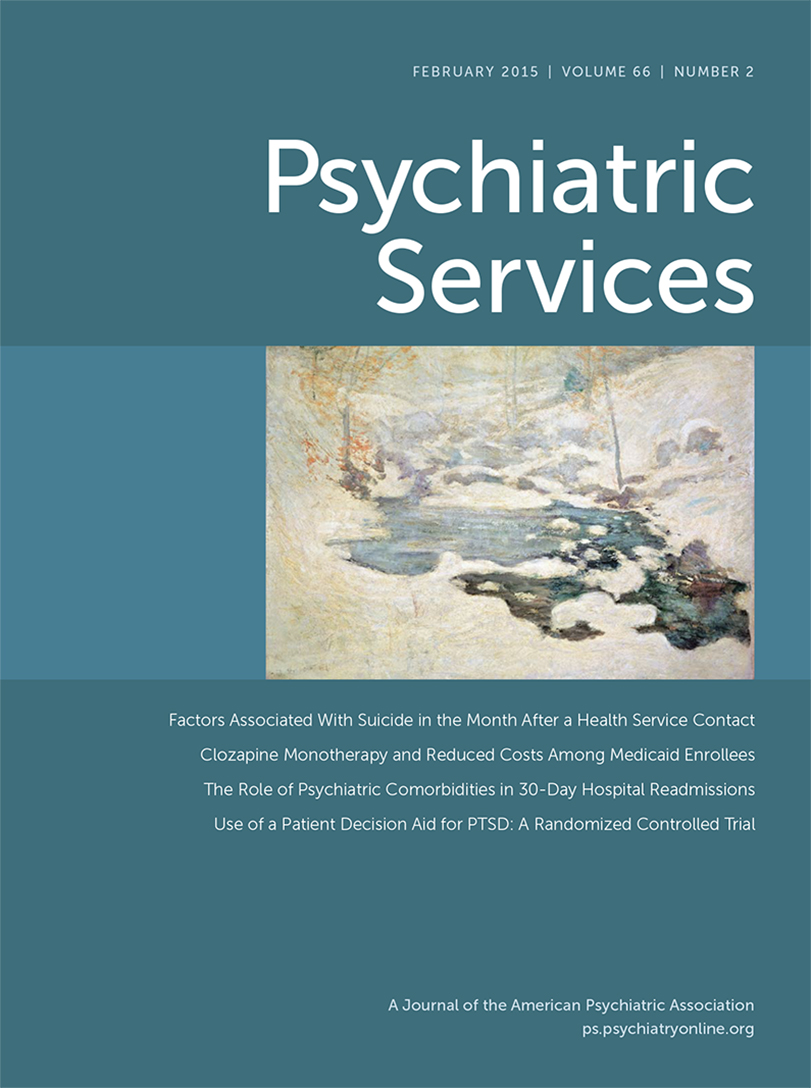Factors Associated With Treatment Mode and Termination Among Preschoolers With ADHD in Taiwan
Abstract
Objectives:
This study examined the extent to which characteristics of family and health care providers predict treatment initiation, treatment mode, and treatment termination among preschool children with newly diagnosed ADHD.
Methods:
A cohort of 3,583 preschoolers with ADHD was identified from the National Health Insurance Research Database of Taiwan. Individual characteristics and health care records, including medication and nonmedication treatment, were documented. Logistic regression and time-dependent survival analyses were used to evaluate association estimates.
Results:
Over 80% of the children with newly diagnosed ADHD received initial treatment within a month of diagnosis, with 41% starting with combined treatment. Only one-quarter remained in treatment by the end of 12 months. In the first year, the termination rate was lowest for those who received rehabilitation treatment only (log-rank test, p<.001). Predictors of termination varied by treatment mode. For combined treatment, factors that marginally increased the likelihood of treatment termination were coming from a family in poverty (adjusted hazard ratio [AHR]=1.72) or from a rural region (AHR=1.40). Receiving initial treatment from a psychiatrist was associated with an increased likelihood of treatment termination for children receiving psychosocial treatment (AHR=1.80, 95% confidence interval [CI]=1.46–2.22) and combined treatment (AHR=1.38, CI=1.20–1.60).
Conclusions:
Family and service provider characteristics appeared to have differential effects on initial receipt and mode of treatment and on one-year treatment termination among preschoolers with ADHD in Taiwan’s universal health insurance program. Future efforts should aim at reducing access barriers to comprehensive and continuous health care for very young children with mental or developmental disorders.



